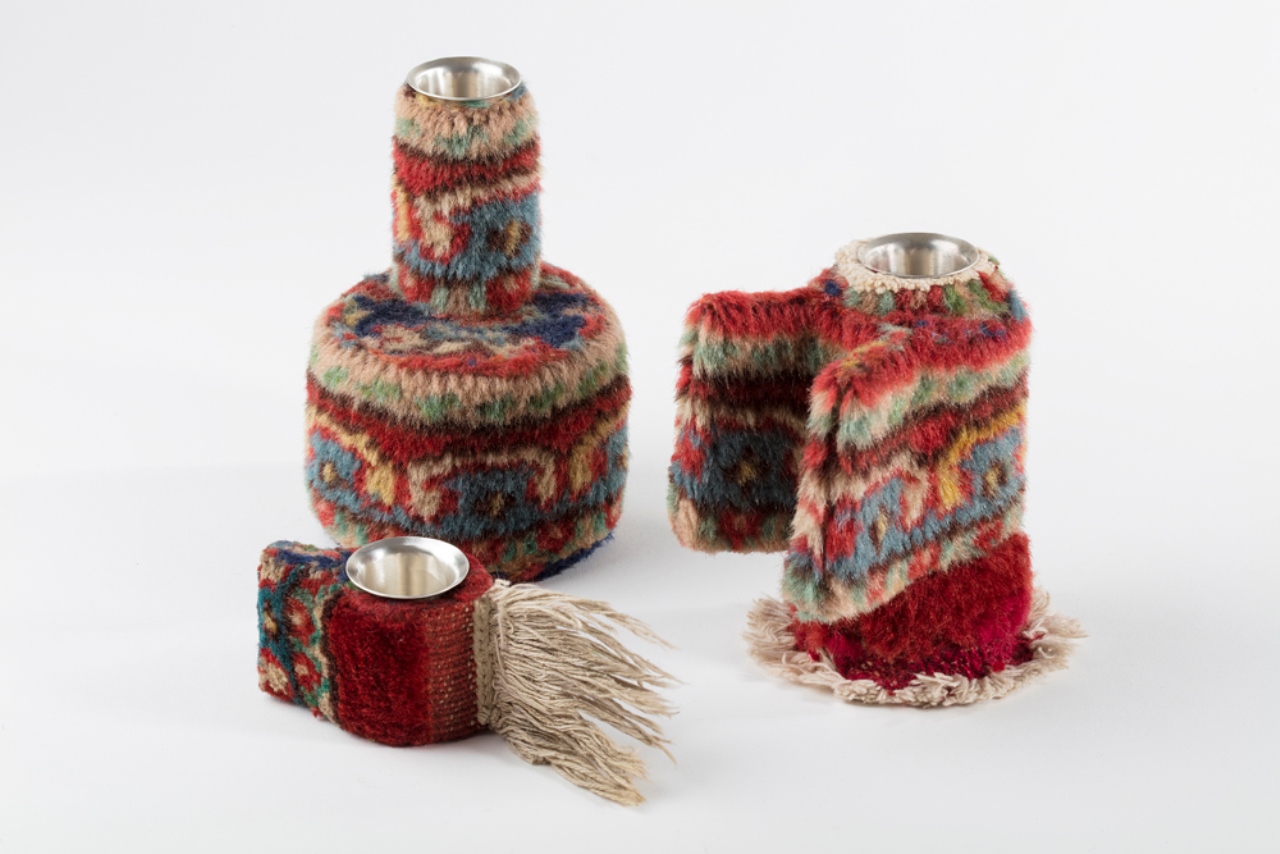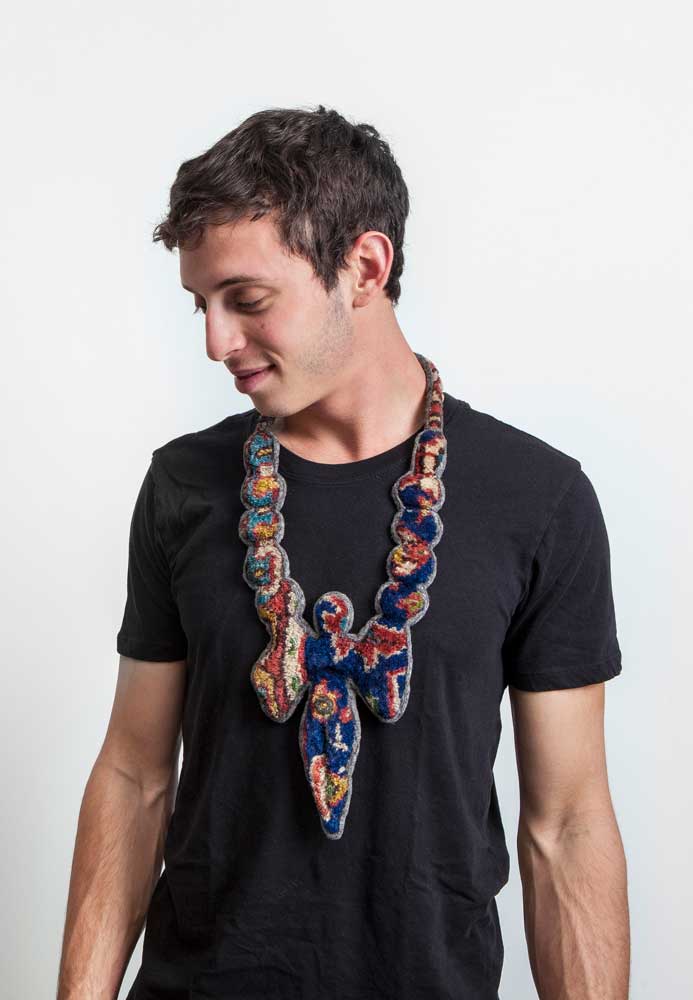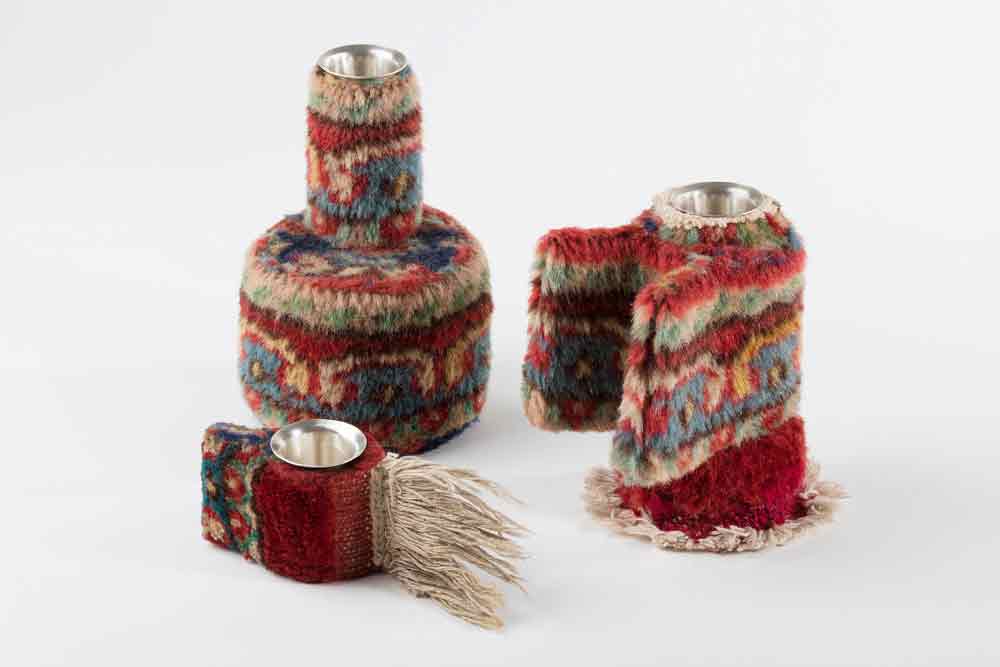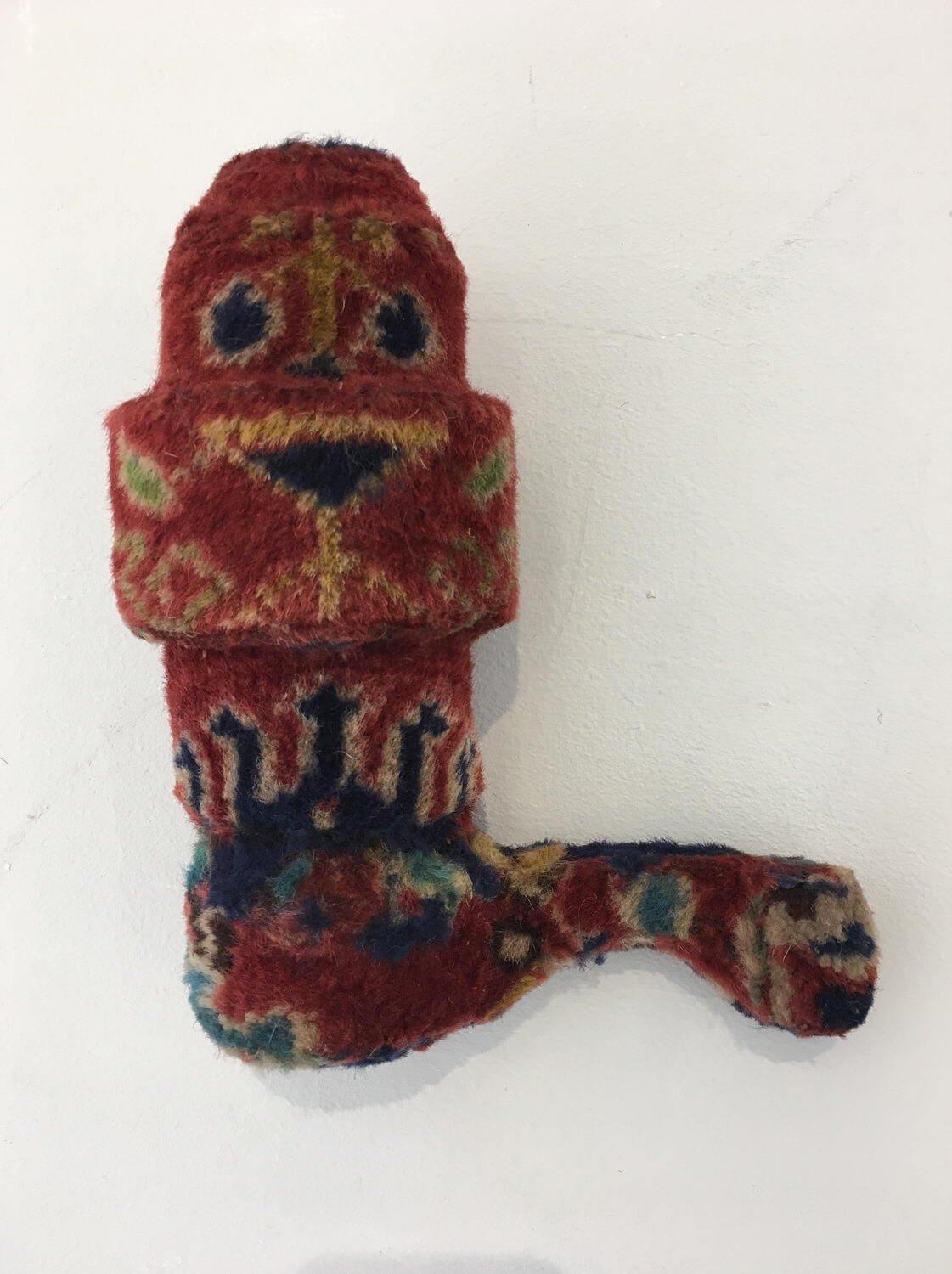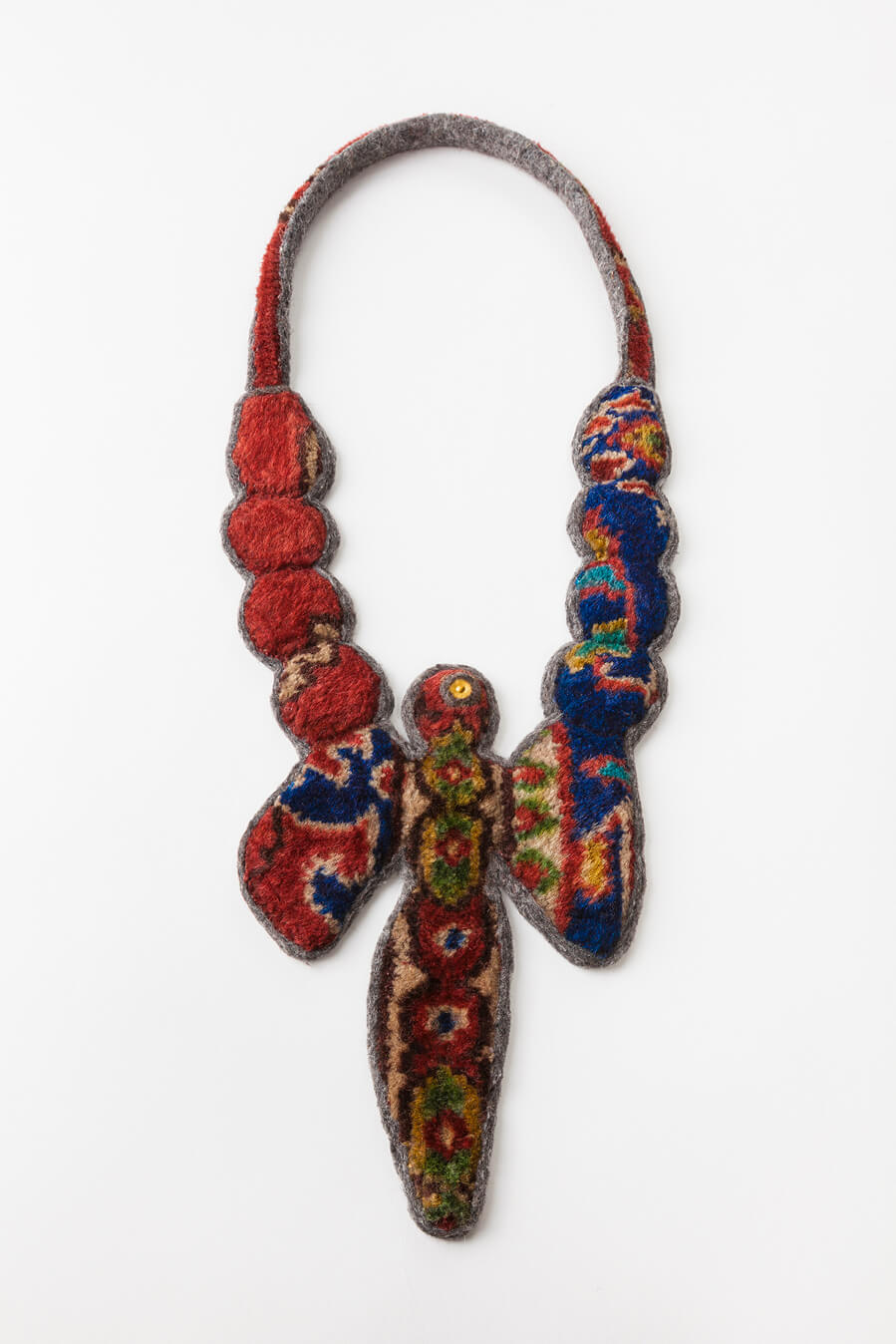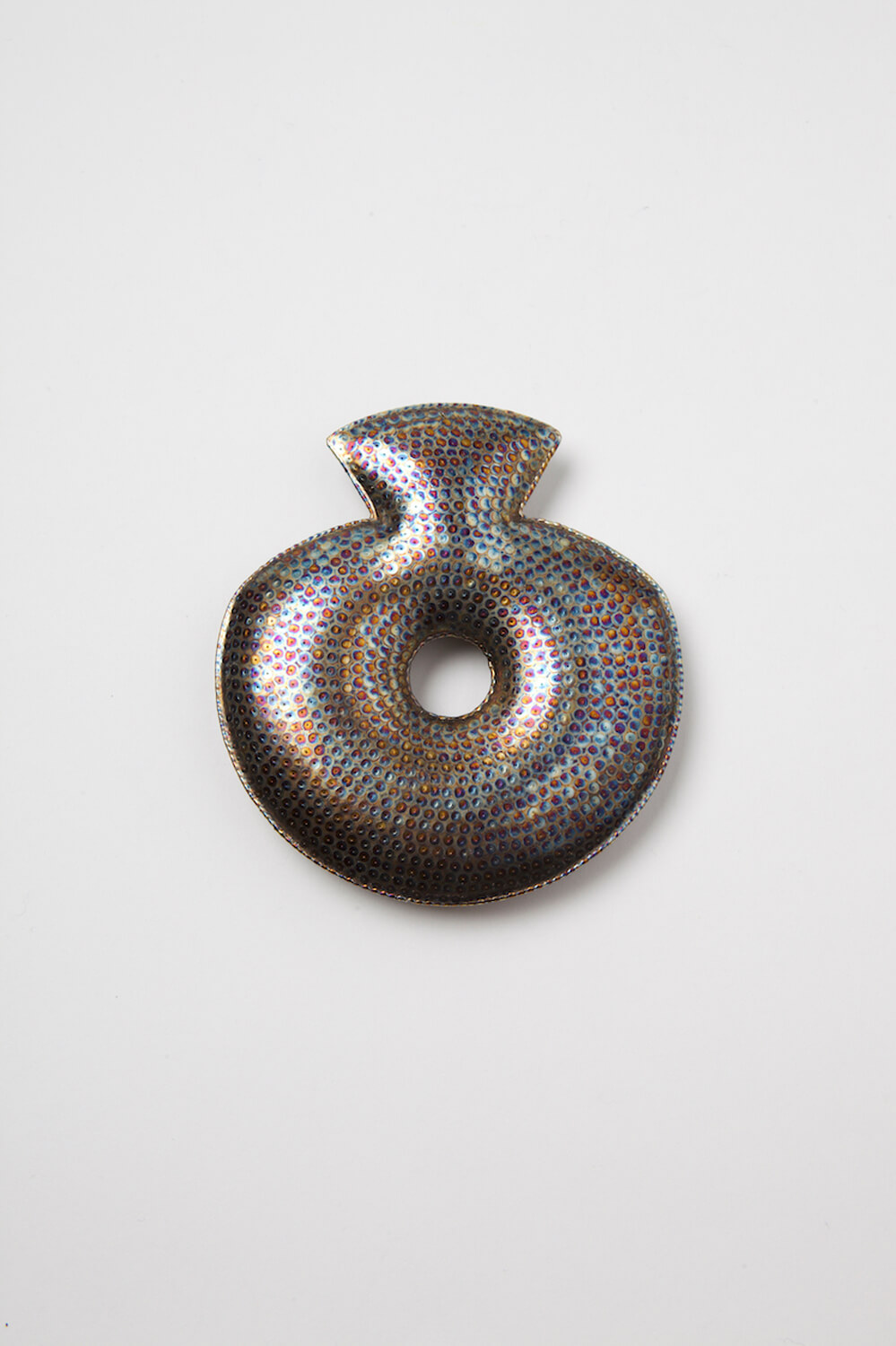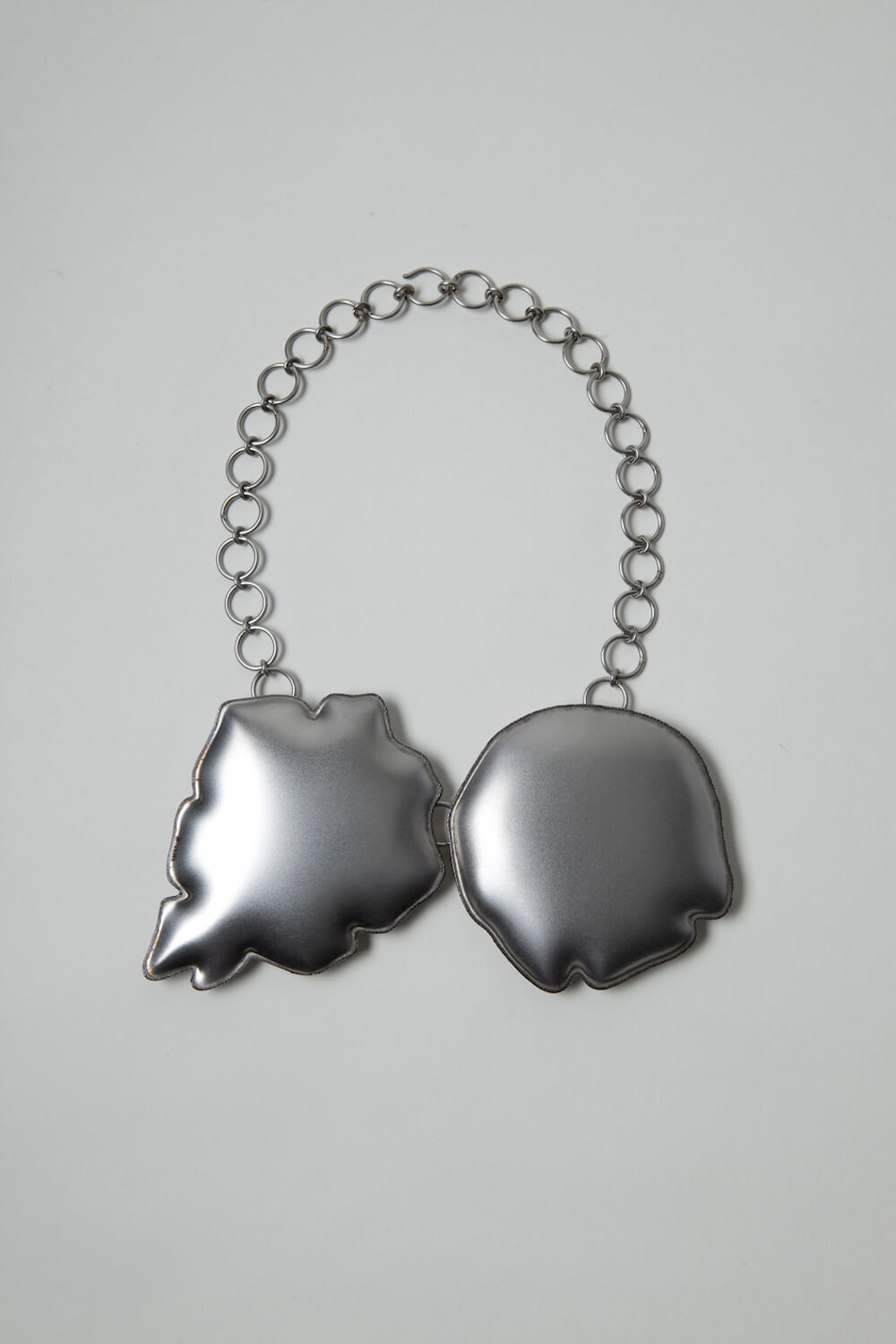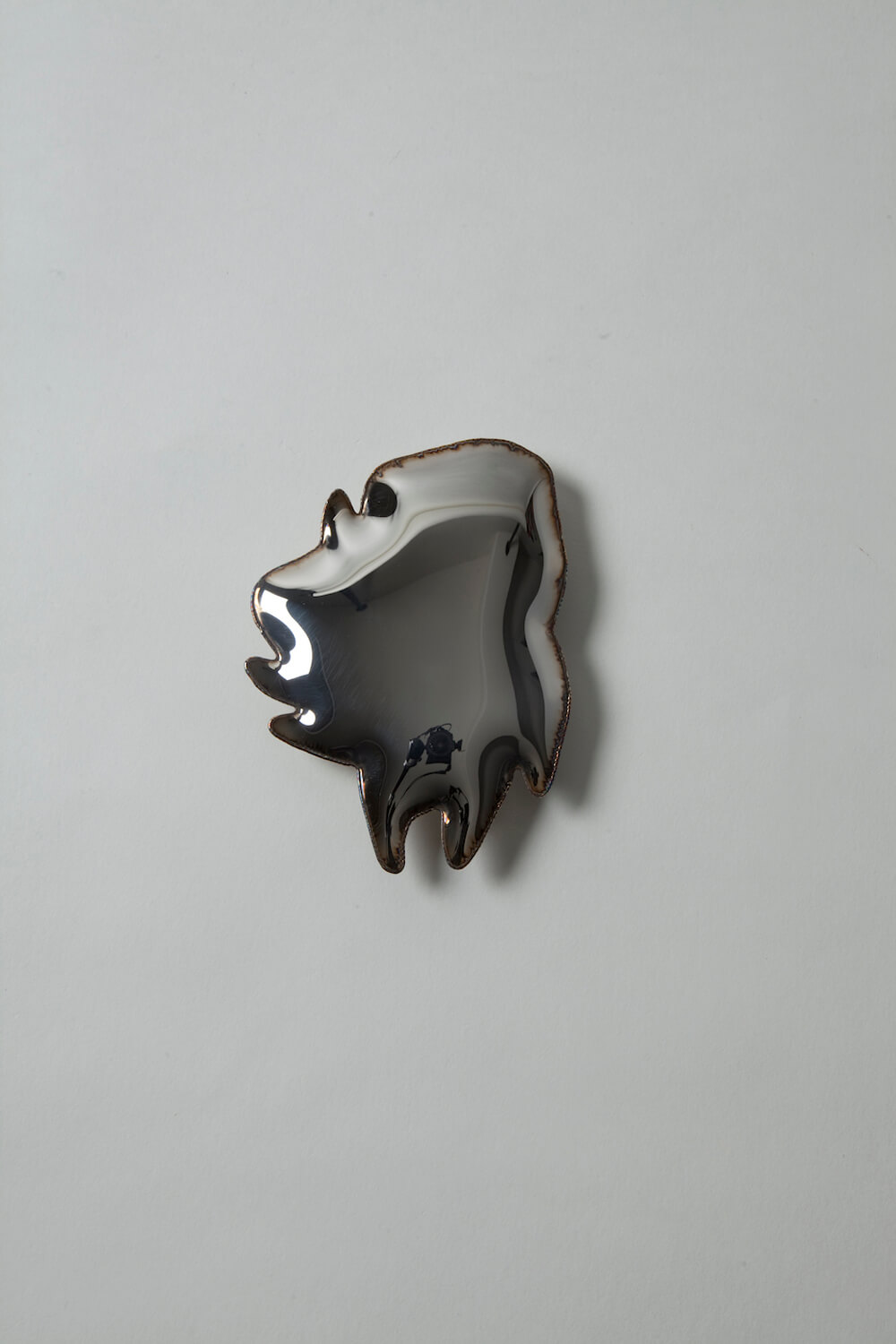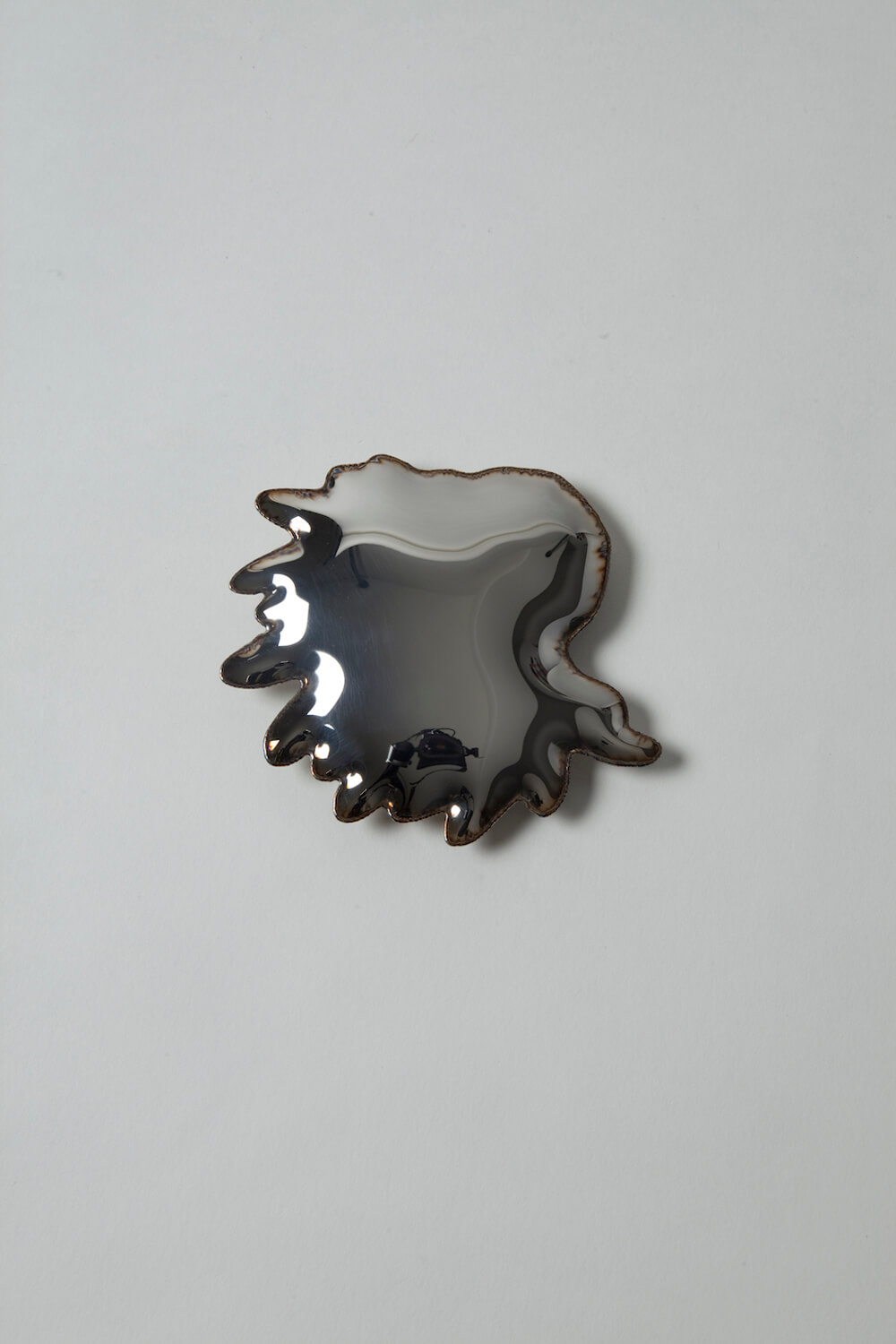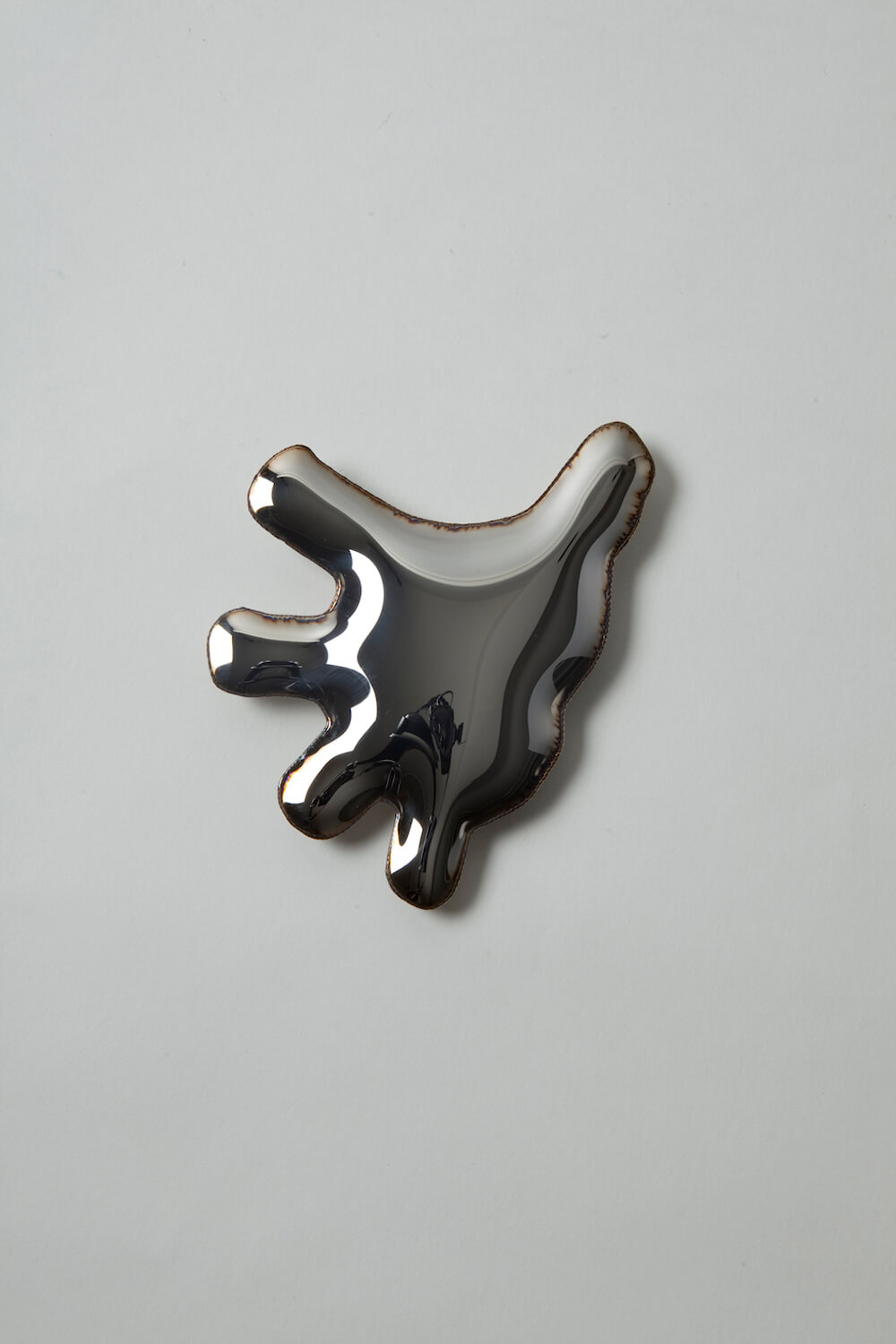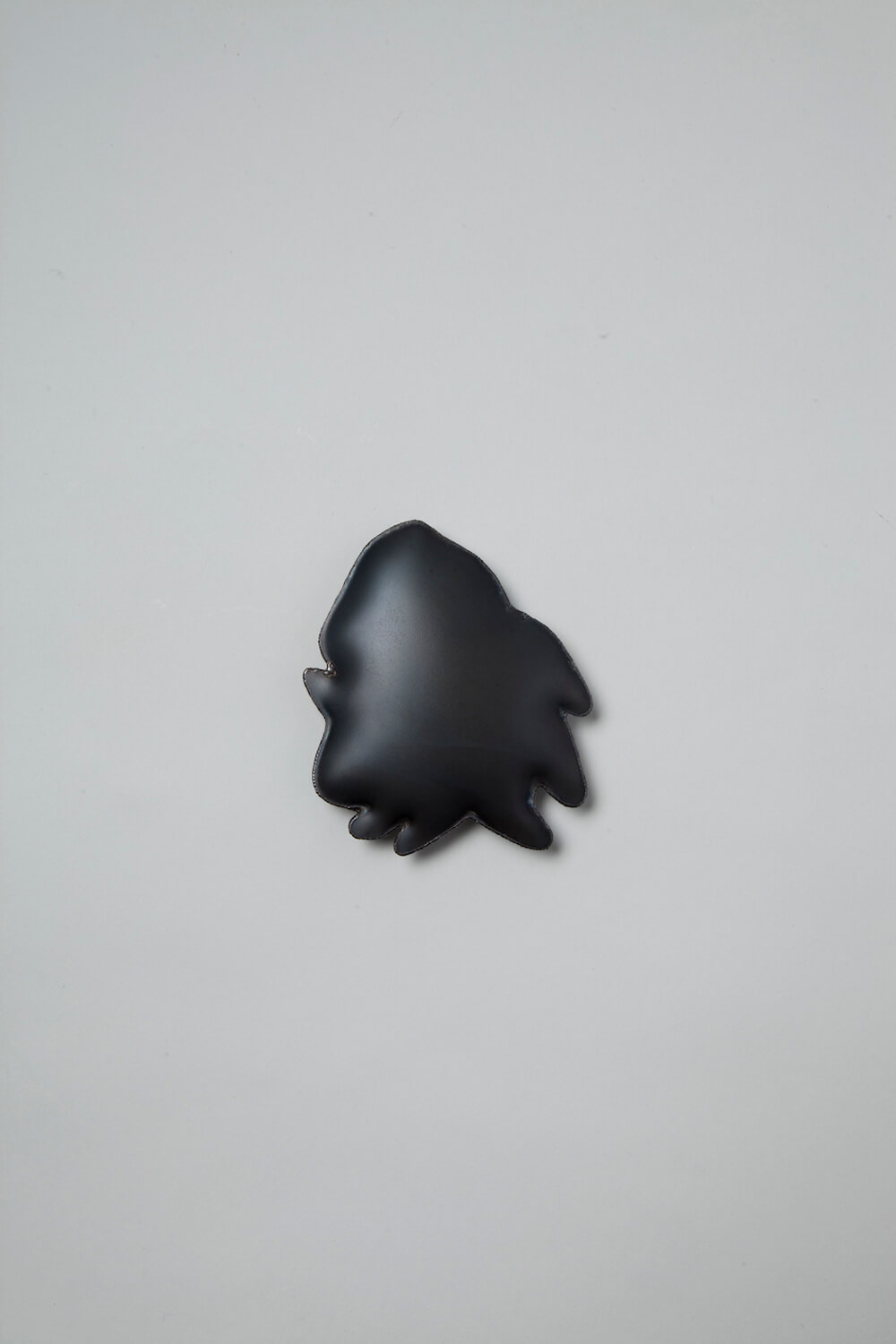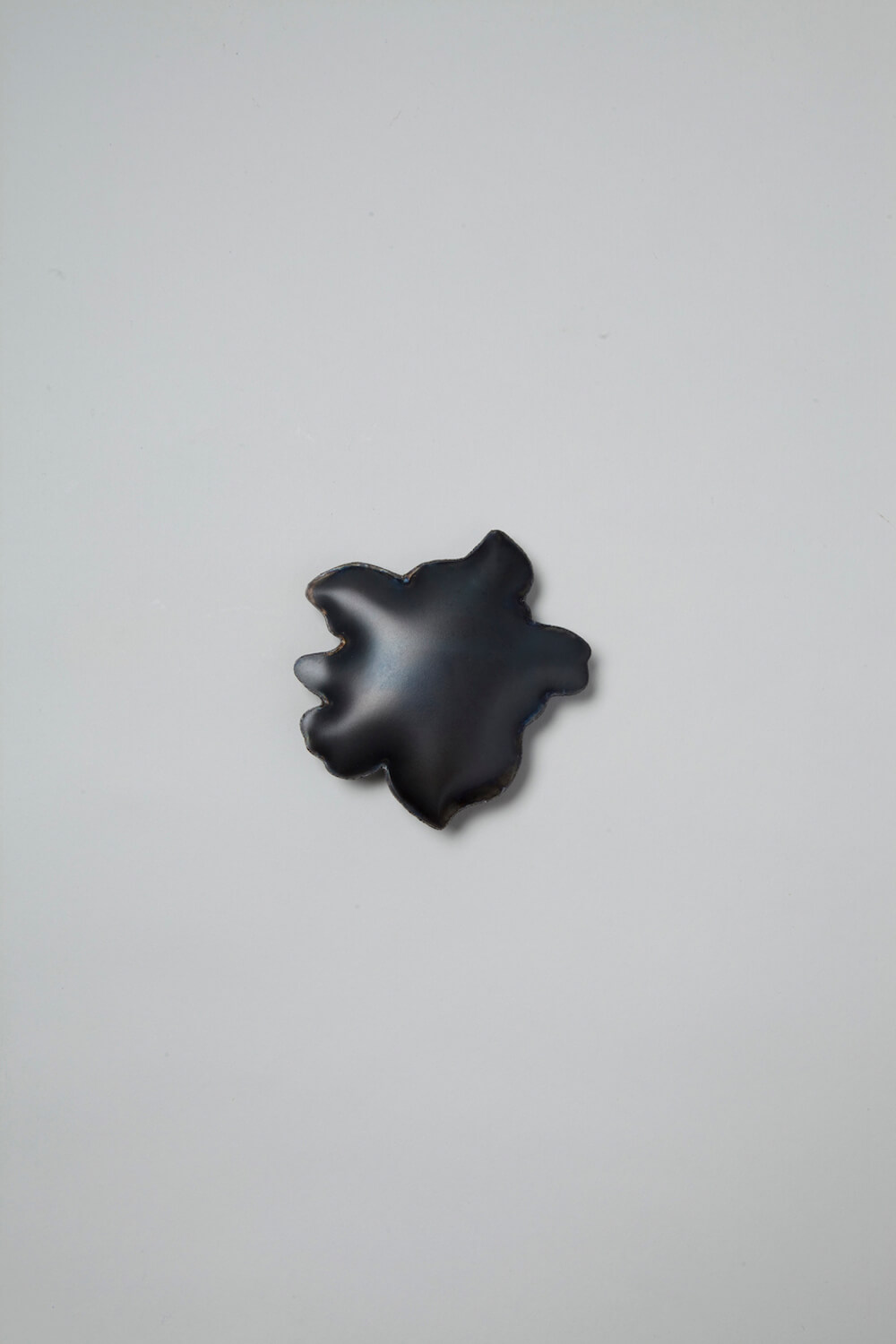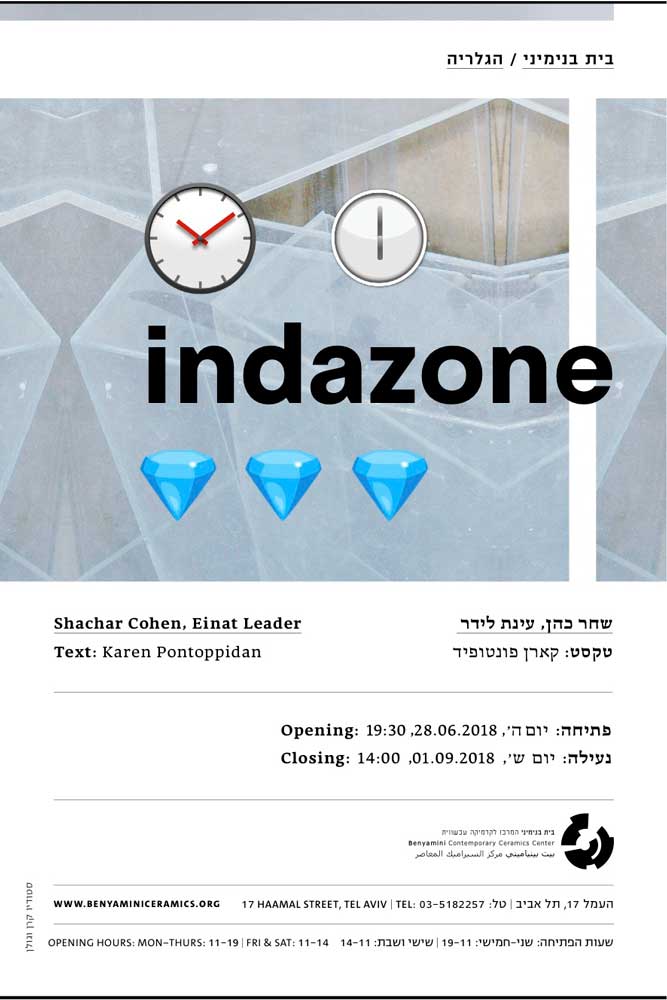Gallery talk with the artists: Friday 27/7/18 at 11:30
In the exhibition Indazone Shachar Cohen and Einat Leader will present jewellery, that relate to a harsh and noisy reality. The jewellery pieces generate a discourse on fields and borders; lines and territory; memory and forgetting; body and environment; personal and public.
FRAGMENTS OF CULTURE
A reflection on the work of Einat Leader and Shachar Cohen
Karen Pontoppidan, June 2018
It is possible to think about jewellery as fragments of an individual’s personality, but the concept that jewellery is a fragment of an individual’s cultural identity appeals more to me. Jewellery pieces are, generally speaking, cultural signs and as such they are fragments of the culture in which they were created.
In the work of Einat Leader and Shachar Cohen, jewellery refers to cultural fragmentation on multiple layers. Not only does their jewellery as such function as a cultural sign, often the specific narrative of a piece is formulated through the use of or the reference to an already existing cultural fragmentation.
In the series Carpetry (2014-18), remains of carpets formerly belonging to someone in Einat Leader’s family are re-used in her artistic work. The created objects appeal to the eye and they rightly invite to be touched, but mainly the pieces are visual communicators of an abyss of multiple layered information. The carpets are fragments of a specific family history, and one might wonder which outer circumstances made the carpets no longer of use for their ordinary purpose. Simultaneously the carpets are fragments of a cultural and historical context, which places the work not only geographically but also socially. And the carpets are braided with patterns, which by themselves are descriptions of a specific culture. Further layers of meaning are added by Einat Leader’s artistic intervention. The carpets have become jewellery, they have become mobile, as they have been attached to a human body. They will, in contrast to most common carpets, not remain in a family home; instead they will carry their narratives into an urban setting and hereby they will witness other aspects of historical and cultural fragmentation. But also through Einat Leader’s artistic intervention, the carpets can become “homey” again as they enter into another family’s story.
Shachar Cohen’s hard polished steel brooches (Rated R, 2017-18) also represent multiple fragments of contemporary culture, although the layers of information might reveal themselves at a slower pace. Where Einat Leader’s carpets are immediately recognizable, the motifs on which Shachar Cohen’s new works are based are partly obscured. The first fragment the viewer is confronted with when observing the brooches is a fragment of the person’s own reflection; a partly distorted image of their own gaze. Watching ourselves in the moment of looking at an object is physically impossible; we can either focus on the mirrored image or we can focus on the object. Hence the polished surfaces of Shachar Cohen’s brooches imply the egocentricity of contemporary culture. The narrative of the work does however not cease at the reflections. The motifs, which provided the shapes of the brooches, partly originate from Vanitas paintings, partly from newspapers and partly from violent scenery of computer games. The motifs are fragments of bigger pictures and they are reminders of death. Using these motifs in his artistic work, Shachar Cohen indicates that the mirrored image is perishable and that it is relevant to question which fragments of ourselves we are choosing to observe when looking in a mirror.
Einat Leader and Shachar Cohen’s different groups of works are each reflecting on another aspect of the human condition within the complexity of contemporary society. They have approached subjects of specific cultural identity as well as more universal aspects of human reality. Hereby their artworks master the complexity of the chosen subjects without becoming unapproachable or in other ways exclusionary. Einat Leader and Shachar Cohen chose to express their thoughts through the media of jewellery. Their artwork is made to be worn. Hereby Einat Leader and Shachar Cohen have formulated an open invitation to behold and embrace fragments of a complex reality.

